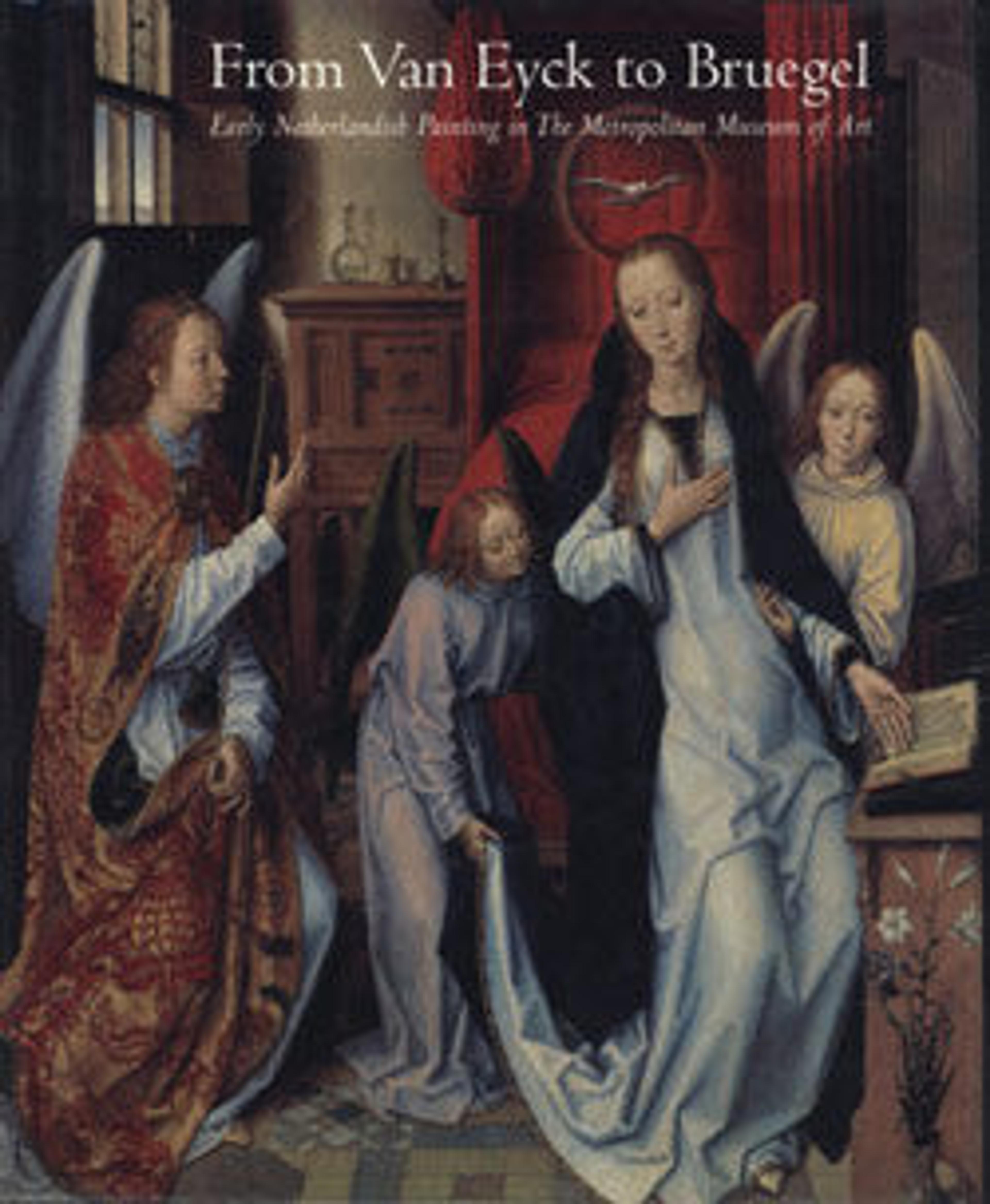Virgin and Child
The composition of this small roundel of the Virgin suckling the Christ Child was very popular, disseminated through workshop patterns that date to the early fifteenth century. Memling enriched the prototype by adding an extended wooded landscape. Roundels like this were often hung above the heads of beds, where they served as a blessing over a married couple or as a focus for personal prayer. The frame and painted image are carved from a single piece of wood.
Artwork Details
- Title: Virgin and Child
- Artist: Hans Memling (Netherlandish, Seligenstadt, active by 1465–died 1494 Bruges)
- Date: 1480–85
- Medium: Oil on wood
- Dimensions: Overall, with integral frame, diameter 9 3/4 in. (24.8 cm); painted surface diameter 6 7/8 in. (17.5 cm)
- Classification: Paintings
- Credit Line: The Friedsam Collection, Bequest of Michael Friedsam, 1931
- Object Number: 32.100.59
- Curatorial Department: European Paintings
More Artwork
Research Resources
The Met provides unparalleled resources for research and welcomes an international community of students and scholars. The Met's Open Access API is where creators and researchers can connect to the The Met collection. Open Access data and public domain images are available for unrestricted commercial and noncommercial use without permission or fee.
To request images under copyright and other restrictions, please use this Image Request form.
Feedback
We continue to research and examine historical and cultural context for objects in The Met collection. If you have comments or questions about this object record, please complete and submit this form. The Museum looks forward to receiving your comments.
